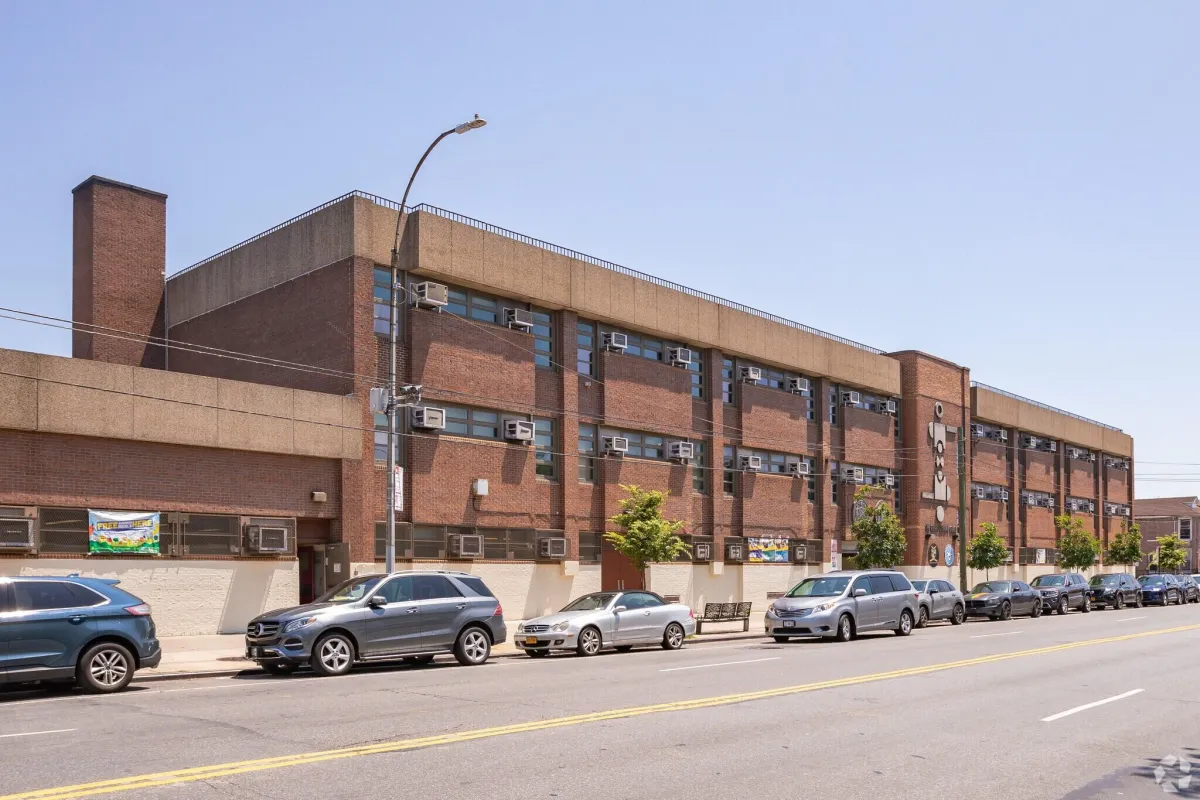
East New York
Rising Opportunities: Discovering East New York, Brooklyn
East New York, Brooklyn, is a vast and dynamic neighborhood undergoing a significant transformation, balancing its rich history with ambitious plans for the future. Situated on Brooklyn's eastern border with Queens, it offers a compelling blend of residential space, a robust community spirit, and increasing development that promises new opportunities. Characterized by its diverse housing stock, bustling commercial corridors, and a strong, proud, and predominantly African American and Afro-Caribbean population, East New York appeals to those seeking an authentic urban experience with a tangible sense of growth and potential.
A History of Innovation and Renewal
From Early Development to Modern Revitalization: East New York's history began in the mid-19th century when it was developed by John Pitkin as one of Brooklyn's first commuter towns, connected to Manhattan by railroad. It quickly grew into a bustling industrial and residential area, attracting waves of German, Irish, Italian, and Jewish immigrants who built the characteristic rowhouses and multi-family dwellings seen today.
Like many urban areas, East New York faced economic decline and disinvestment in the latter half of the 20th century. However, in recent decades, the neighborhood has become a focal point for revitalization efforts, particularly through affordable housing initiatives and large-scale urban planning projects. These efforts aim to create new housing, improve infrastructure, and foster economic growth, building on the resilience of its long-standing residents.
A Community Forged in Resilience and Activism: East New York boasts an incredibly strong, active, and deeply rooted community. Its predominantly African American and Afro-Caribbean population is fiercely proud of its heritage and actively engaged in shaping the neighborhood's future. Local organizations, tenant associations, and community groups play a crucial role in advocating for residents' needs, promoting local businesses, and organizing events that celebrate the area's rich cultural tapestry. There's a palpable sense of mutual support and a collective determination to foster positive change and opportunity.
Real Estate in East New York: Diverse Options and Investment Potential
Real estate in East New York offers a diverse and evolving range of housing options, often providing more accessible price points than many other parts of Brooklyn. You'll find a mix of classic brick and brownstone rowhouses (often multi-family), detached and semi-detached homes, and numerous apartment buildings (including a significant number of public housing developments). Critically, East New York is a major hub for new affordable housing developments, bringing thousands of new units to the market and reshaping parts of the neighborhood.
An Emerging Market with Significant Potential: East New York presents a compelling investment opportunity, particularly for those seeking accessible homeownership or long-term growth. As of June 2025, the median sale price for a home in East New York was approximately $605,000, representing a steady increase over the past year. The market is active and dynamic, with prices for single-family rowhouses typically ranging from $500,000 to $800,000+, while newly built affordable condos can be found at lower price points through housing lotteries. The significant investment in new housing and infrastructure signals strong future appreciation.
Amenities and Connectivity: Green Spaces and Thriving Commerce
East New York offers a comprehensive array of local amenities and excellent transportation links, providing residents with a convenient and well-connected urban lifestyle.
Abundant Green Spaces: East New York boasts several significant green spaces for recreation and relaxation. Shirley Chisholm State Park, a massive 407-acre park built on former landfills, offers stunning panoramic views of Jamaica Bay, the NYC skyline, and a network of scenic multi-use paths for walking and cycling. It's a true environmental success story and a major asset to the community. Canarsie Park and Spring Creek Park also provide extensive green areas, playgrounds, and sports facilities, offering ample opportunities for outdoor activities.
Bustling Commercial Corridors: The main commercial thoroughfares, particularly along Livonia Avenue, Pitkin Avenue, and Atlantic Avenue, are vibrant and practical hubs. You'll find a wide array of local businesses, including supermarkets (like Fine Fare and Food Bazaar), pharmacies, banks, and a diverse selection of restaurants reflecting the neighborhood's multicultural population. Caribbean and soul food eateries are particularly prominent, but the area also offers a variety of other cuisines. New retail developments are emerging, adding to the mix of established local shops.
Exceptional Transportation: East New York boasts superb public transportation links, making commutes throughout Brooklyn and into Manhattan exceptionally convenient. The A, C, L, J, and Z subway lines all converge at the crucial Broadway Junction transportation hub, providing unparalleled access to various parts of Brooklyn and Manhattan. Broadway Junction also offers connections to the Long Island Rail Road (LIRR), expanding regional access. Numerous bus routes (including the B6, B15, B20, B83, B103) crisscross the area, enhancing local connectivity. Its high walkability along commercial corridors further contributes to the ease of navigation.
East New York, Brooklyn, is a powerful and dynamic neighborhood that truly embodies the spirit of urban renewal and community strength. Its rich history, diverse population, increasing investment, and unparalleled transportation links make it an exceptionally appealing and engaging place to call home for those seeking opportunity, authenticity, and a stake in Brooklyn's future.
HOA: No (The majority of residential properties in East New York are privately owned single-family or multi-family rowhouses and typically do not have a neighborhood-wide HOA. However, many of the newer affordable housing developments and some limited condominium buildings will have their own HOAs or co-op boards.)
55+ Community: No (East New York is a diverse, multi-generational neighborhood with no age restrictions, though it has a broad demographic including seniors and numerous services for all ages.)